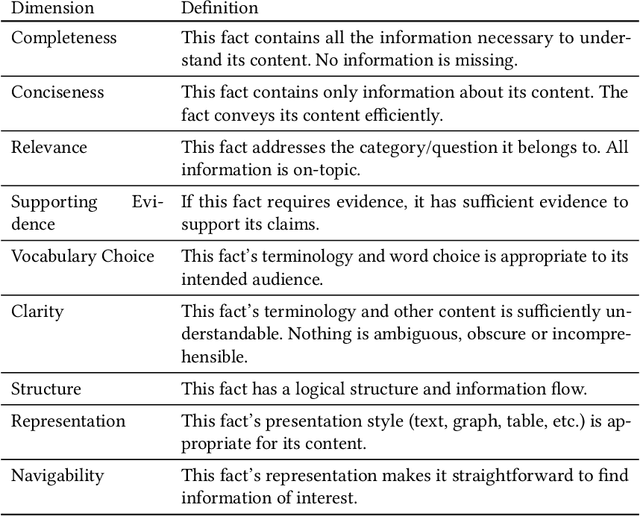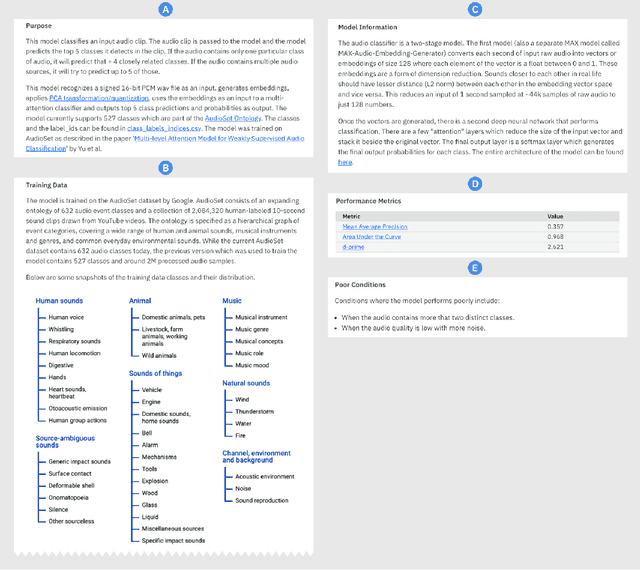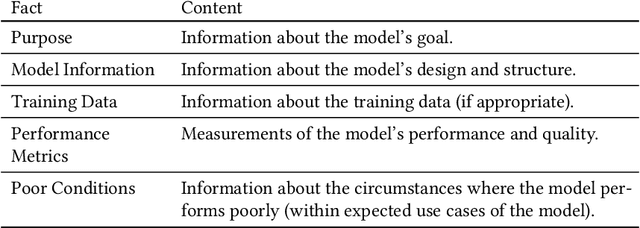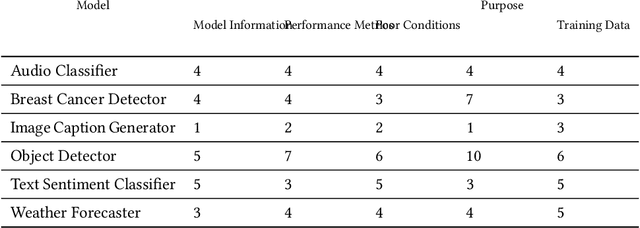Towards evaluating and eliciting high-quality documentation for intelligent systems
Paper and Code
Nov 17, 2020



A vital component of trust and transparency in intelligent systems built on machine learning and artificial intelligence is the development of clear, understandable documentation. However, such systems are notorious for their complexity and opaqueness making quality documentation a non-trivial task. Furthermore, little is known about what makes such documentation "good." In this paper, we propose and evaluate a set of quality dimensions to identify in what ways this type of documentation falls short. Then, using those dimensions, we evaluate three different approaches for eliciting intelligent system documentation. We show how the dimensions identify shortcomings in such documentation and posit how such dimensions can be use to further enable users to provide documentation that is suitable to a given persona or use case.
 Add to Chrome
Add to Chrome Add to Firefox
Add to Firefox Add to Edge
Add to Edge